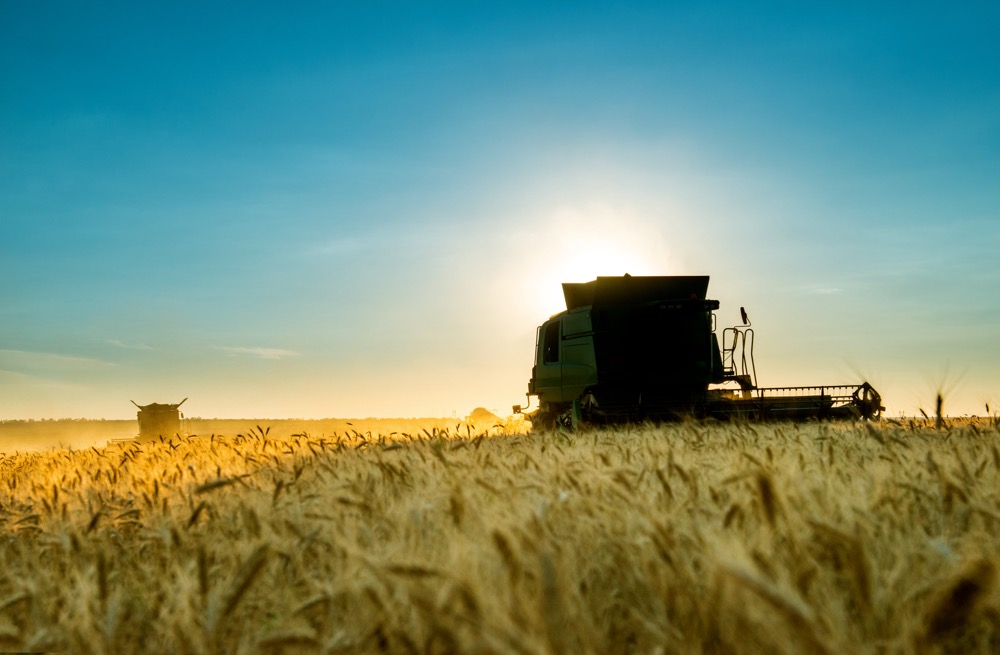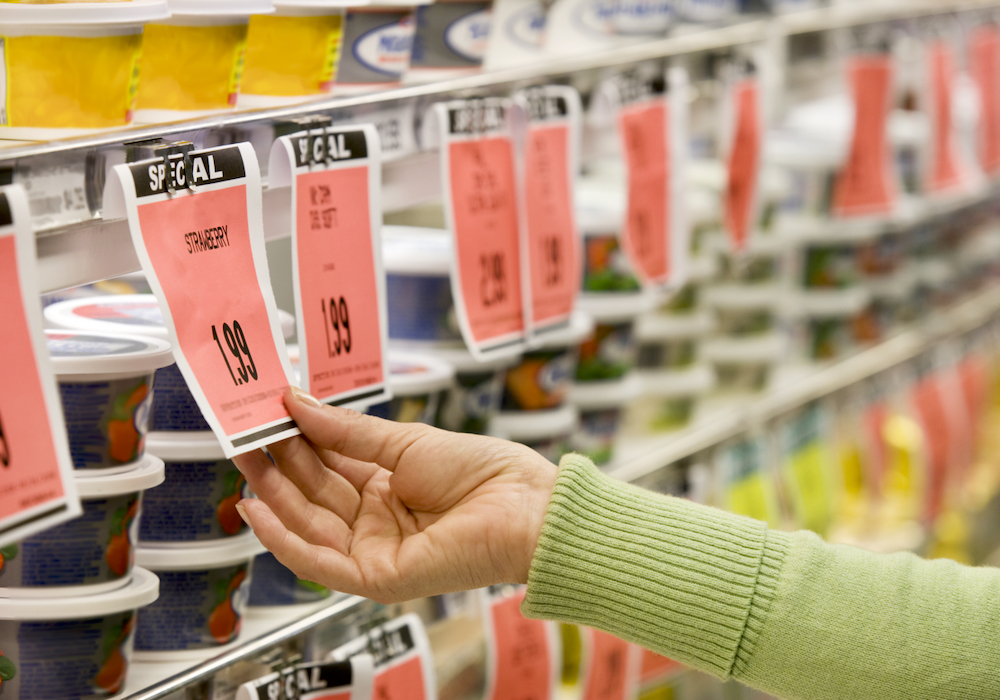Opinion: Production, productivity and climate change

Glacier FarmMedia – A tantalizing report from Farm Credit Canada recently estimated the riches that would flow if the productivity growth of the decades leading into the 21st century were to return.
Read Also

Consumer food-buying behaviour changing rapidly
Canadian consumers have dramatically changed their grocery-buying patterns in the past year as food prices and housing inflation have squeezed…
“Assuming the Canadian agriculture industry returns productivity growth to the plateau we recorded two decades ago, this would add as much as $30 billion in net cash income over 10 years,” the report says.
This assumption may be a little far-fetched.
The report, “Rekindling agriculture productivity growth – a $30B opportunity over ten years”, says that consolidation between 1970 and 2020 dropped the number of farms by half and doubled the size of those remaining. Labour-saving technology and crop-production aids such as new varieties and herbicides helped nearly quadruple farm value per acre.
“Farmers today can produce two times as much with the same level of inputs,” the report says.
These “sensational increases” in average annual productivity growth plateaued and peaked at 2.1 per cent in 2011 and have been declining since, consistent with global trends. Growth is currently about one per cent. Projections suggest it could fall in coming years.
COP28 participants, however, aren’t looking to return to the past.
One declaration out of the event, held in Dubai late last year, argued that agriculture and food systems must change in the face of climate change. Agriculture and food are responsible for about one-third of global greenhouse gas emissions. About half of those are attributed to livestock production.
Yet agriculture receives less than five per cent of funds dedicated to mitigating climate change on a global basis.
While the COP28 delegates didn’t get much further than saying urgent transformation is needed, the global focus is shifting from increasing productivity to enhancing sustainability.
The two concepts aren’t mutually exclusive, but neither are they the same.
There were a host of innovations in farming practice and technology that fostered past productivity growth spurts, but many of the issues the sector faces today, particularly when it comes to the related challenges of reducing greenhouse gas emissions and building sustainable food systems, have emerged because of how those innovations have been managed.
Inefficient use of nitrogen fertilizers has led to excess leakage, which has increased the sector’s emissions.
Over-reliance on herbicides has given rise to superweeds, encouraging more tillage. That compromises soil health and releases more carbon into the atmosphere.
Also, the sector remains heavily dependent on fossil fuels and other non-renewable resources such as phosphorus.
Challenges like these will force producers to incorporate more integrated approaches into their management, which, at least in the early stages, typically result in lower yields.
The FCC report focuses on increasing “total factor productivity,” which includes measures such as new technologies, efficiency improvements and economies of scale, as Canadian agriculture’s path to prosperity.
In other words, producers need to find ways to increase their yields by using the same or fewer inputs. The added caveat, which the FCC report doesn’t address, is that it appears increasingly unlikely that the sector will get a free pass on climate change mitigation.
So, farmers will need to do all the above while reducing the sector’s greenhouse gas emissions and incorporating more sustainable practices.
There are lots of emerging innovations in precision management and technology to help them get there, but many of those require investment. All involve change, which means taking on more risk.
We must also remember that all of this is happening against a backdrop of increasingly volatile weather.
Farmers’ paycheques in the current world order are based on how much they produce. So how do you convince them to invest in new approaches when it creates more risk and could compromise their yields?
The challenge is to find a mechanism for turning ecosystem services into a “crop” that farmers nurture, grow and harvest just as they do the other crops on their farms. Only then will we get the productivity and sustainability gains the sector needs.
Source: Farmtario.com

